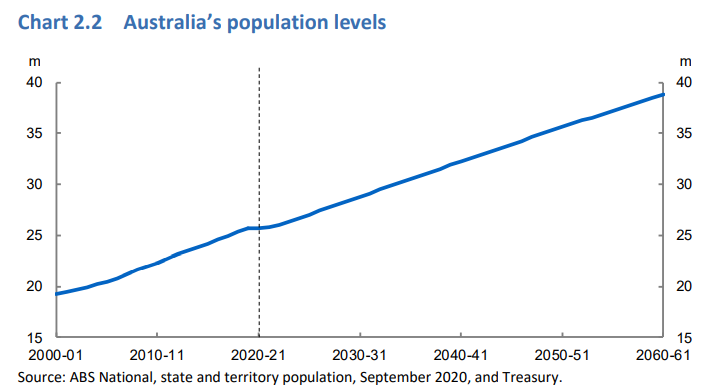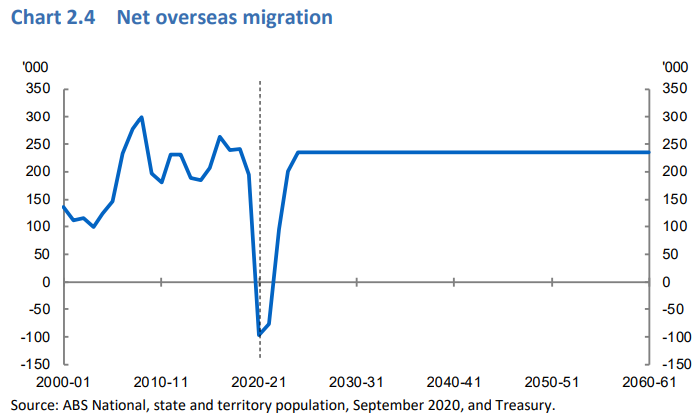In August the Morrison Government launched another housing affordability inquiry – this time examining ‘supply-side impediments’.
In the marketing spiel accompanying the announcement, Coalition committee chair Jason Falinski cited “limitations on land and restrictive planning laws as the major causes of shortages in supply”. Falinski also cited the RBA as claiming that “regulatory settings are directly responsible for the unresponsive nature of housing supply in Australia”, which has made housing unaffordable.
On Monday, RBA assistant governor (economic) Luci Ellis delivered a firm rebuke, claiming that Australia’s rapid house price inflation has not been caused by a ‘lack of supply’ but instead “additions to the housing stock have run ahead of population growth for a number of years”.
Dr Cameron Murray, author of the Book Game of Mates, has given testimony to the parliamentary inquiry into housing affordability where he has completely demolished the Coalition’s supply-side thesis. Below is Cameron’s opening statement:
I believe I am one of the few witnesses who has worked for residential and industrial property developers, in government departments dealing with infrastructure charges and regulation, and now as a housing researcher.
To be clear, Australia has more, bigger, better dwellings per capita than any point in history. We are also building new dwellings at a near record pace in a period where population growth is the lowest in decades.
More housing is better than less housing. Absolutely. I agree.
The argument I disagree with is that private landowners want to build faster, but only pesky council and state government red tape is slowing things down.
While I certainly have many ideas for improving and simplifying the planning system I see this as a separate topic to housing affordability.
We’ve heard from previous witnesses that housing developers have a lot of trouble building on unzoned land. No doubt. The whole point of unzoned land is to not have development at that location and get it located in the zoned land. It’s hardly evidence of anything except that these developers are bad at their jobs, always buying the wrong land for what they want to build.
Indeed, they certainly appear to be terrible lobbyists. If what they claim is true about zoning keeping prices up, then lobbying for mass rezoning is financial suicide. It would vastly increase the number of competitors in their market and reduce prices, wiping billions in value from their balance sheets. What sort of industry lobbies for that?
Perhaps this story is a lie.
In 2003, the AFR ran the headline “Brisbane running out of land for housing”, with land for housing expected to run out by 2015 according to the same expert lobbyists who have attended this inquiry. Yet detached housing lot production was 30% higher in the 6 years since 2015 than in the 6 years prior.
Are they terrible at their jobs? Or just telling stories that conceal the true nature of property markets?
Remember, only landowners can choose to make planning applications. Only landowners can choose when to build homes. Councils don’t do this. There is no speed limit to building new housing in the planning system. Planning regulates the location of different uses and densities, like road lanes regulate locations on the road. Density (dwellings per unit of land) and supply (new dwellings per period of time) are completely different concepts. More density does not equal faster supply.
The key issue at stake in this debate is that land is an asset. It is therefore priced like one. This is why when it is a good to buy to buy it is also a good time not to sell.
This is true for developed and undeveloped land. Stocks of undeveloped land sit on the balance sheet of developers, earning a return by growing in value while undeveloped.
The trade-off between the return from delaying developing land, versus developing now, creates a built-in market speed limit on the rate at which private landowners develop. As a previous witness mentioned, “… if you are a property owner or developer that had land that was consented and you hadn’t sold it a year ago then you are in a very strong position.” Builders might like to build faster, but landowners prefer to maximise returns on their assets.
We can see how this pays off with a case study of Jordan Springs, a Lendlease subdivision of around 2,000 housing lots in Sydney that took a decade to sell. I looked at the sales rates over time and saw that the average rate was only 45% of the peak rate (3-month average), though some periods had sales just 12% of the peak rate. The speed of developing new housing lots was far below the capability of developers and the capacity of zoned land. By selling at this slower rate, and capturing overall market gains in the form of higher prices, they made an additional $137 million on the project. Prices were 31% higher at the end than the start for land lots on a per sqm basis.
It would have been financially irresponsible of them to develop faster than they did.
I’m not saying that this behaviour is wrong, or a conspiracy, or even that it has major price effects. The stock of housing only changes a couple of percent a year at the best and small changes to those small changes make tiny price differences. This is just normal market behaviour. This is why for the century prior to the existence of zoning we had the same issues of unequal access to land and housing ownership, only much worse.
The current housing asset price boom is a global one. Average prices are up 20% in the last year in the US, the same as Australia, and many places that were previously lauded as having flexible zoning, like Germany and cities in Texas, have had the highest price growth. What we are seeing is a period of global asset re-pricing, as intended by monetary policy.
If you really want more homes build them. Flood the market with a public housing developer—you know, just in case the private developers don’t do what they said they would. It might be a sensible insurance policy. No doubt the property lobbyists will find something wrong with this, even though it is exactly the outcome they pretend to be lobbying for—more competitors and lower prices.
A video of Cameron’s testimony to the inquiry is here starting from 11:00:00.
In the testimony, Cameron provides examples where developers have deliberately held back stock from the market to boost prices.
He also notes that the structural decline in home ownership is a global phenomenon as governments have abandoned intervention in the marketplace.
My view is well known and was delivered in my own submission to the inquiry.
In a nutshell, it is contradictory for the federal government to complain about a ‘lack of supply’ when it is intent on flooding the nation with an extra 13.1 million people (a 50% increase) over the next 40 years:


This population increase will require around 4.4 million extra homes to be built (not accounting for demolitions and rebounds). That’s 110,000 housing additions a year required purely to keep pace with population growth (driven by mass immigration).
Any housing supply problem is really an excessive immigration problem.
Stop gaslighting the public.

